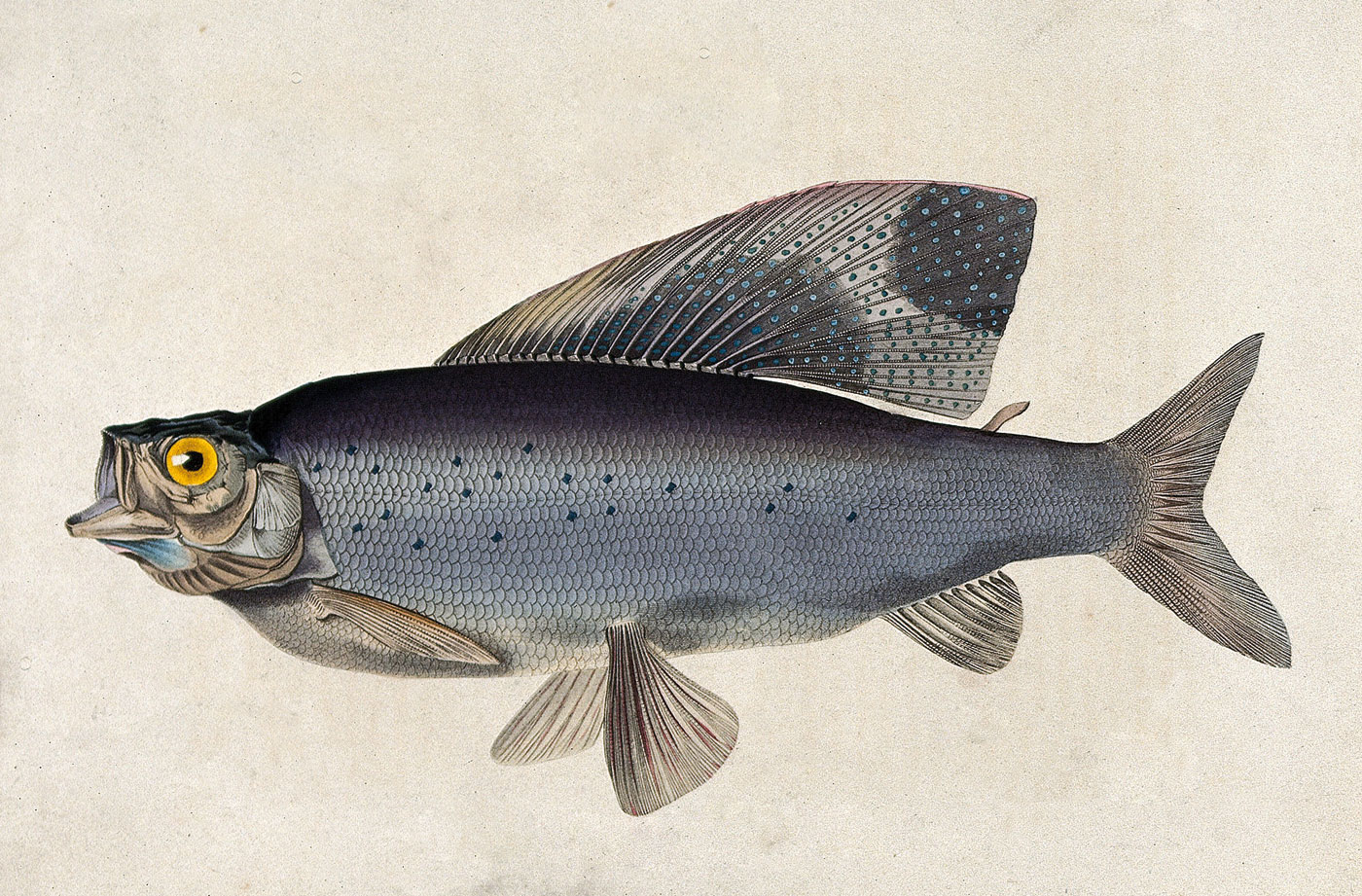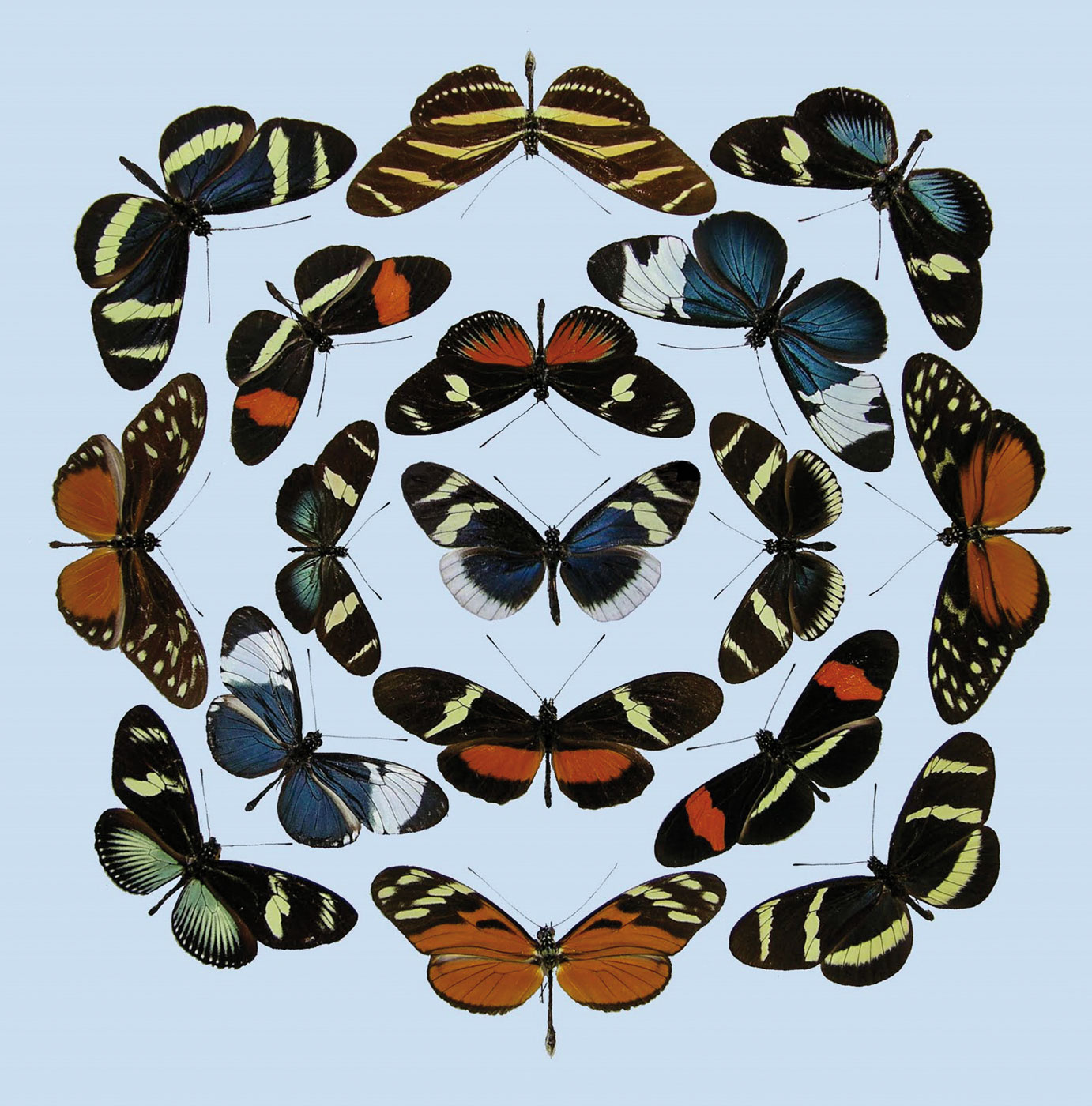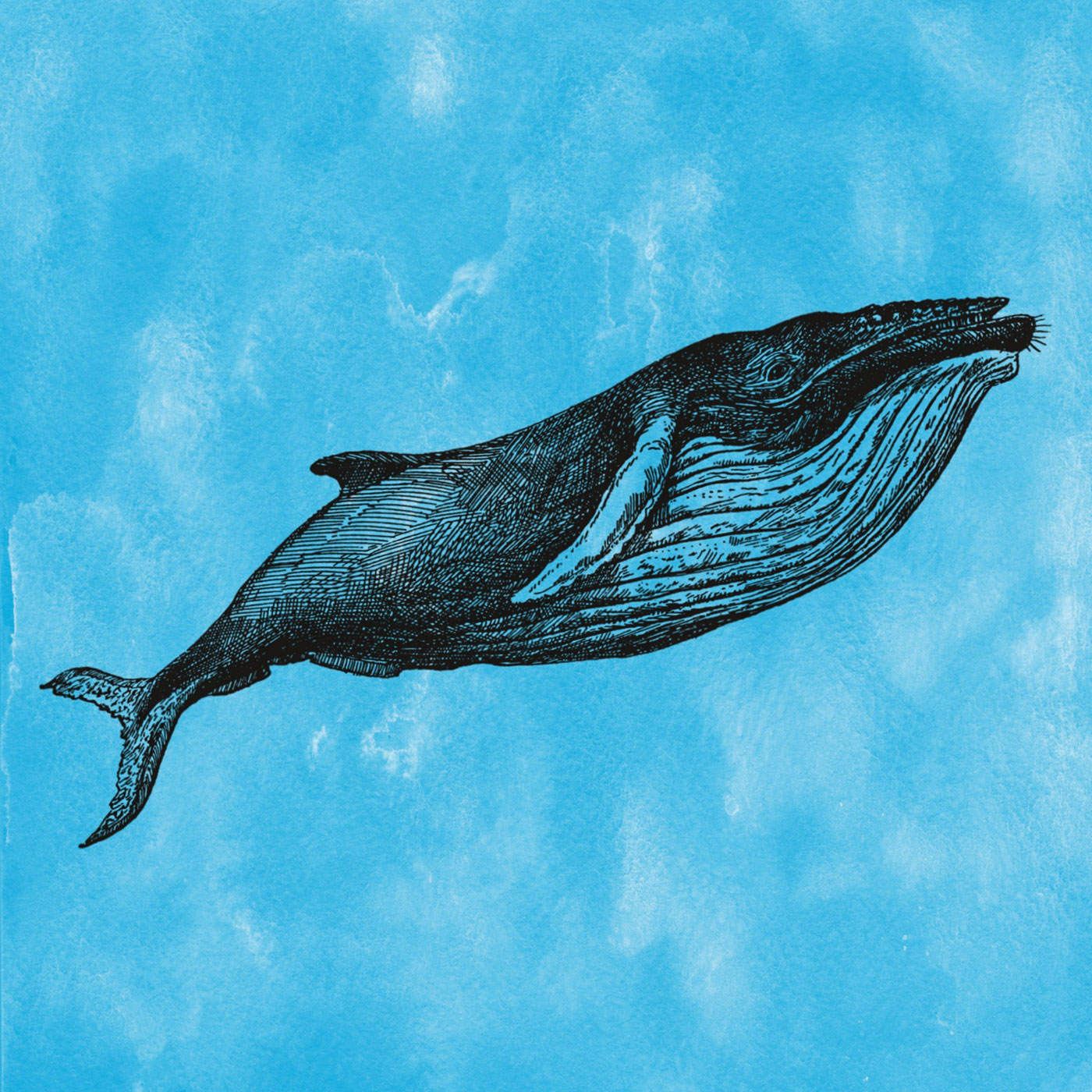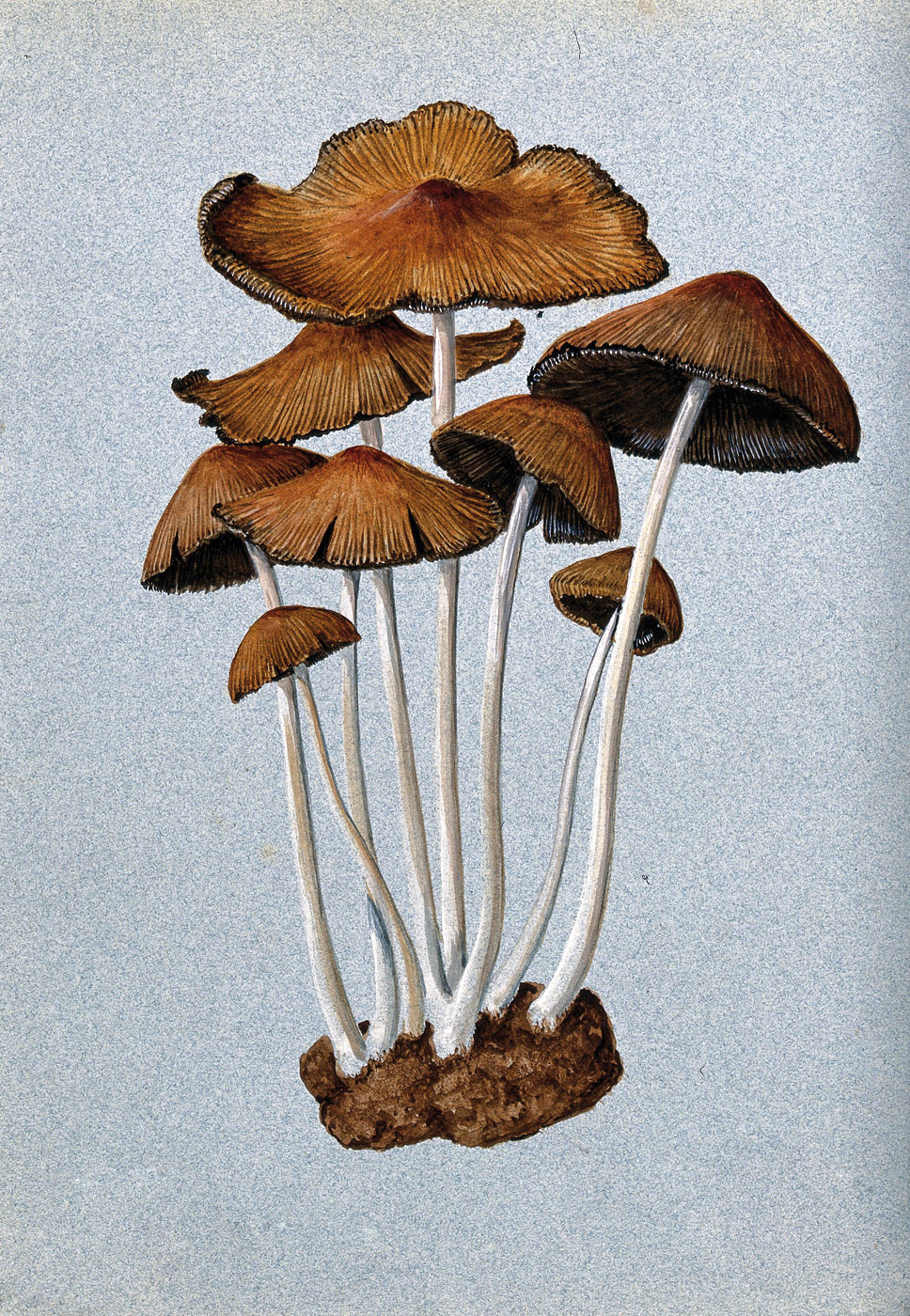The Sanctuary Papers - June 2024
First published in Sanctuary Asia,
Vol. 44
No. 6,
June 2024
The Whole Is Greater Than The Sum

Photo: Public domain/Alexander Semenov.
Deep inside the sea, where there is no natural light, only the glow emanating from strangely shaped beings, is one that can grow as long as 40 m. It is a giant siphonophore, which looks like a beautiful garland as its tentacles wave with the currents and catch the languidly falling marine snow (detritus). Related to the jellyfish and similarly translucent, there are 200 known species of this invertebrate. A closer look reveals that what appears to be a single creature is actually a long, chain-like colony of multiple individuals known as zooids. These are the same species and are clones of each other – they have the exact same genetic makeup. Each zooid has a specialised function, and it cannot survive on its own. All the parts work together symbiotically to survive the depths of the dark ocean.
The Dangerous Fart

Photo: Public Domain.
About 95 per cent of the ocean still remains a mystery. So, it is not surprising that Sweden confused herring farts for signals from enemy Russian submarines in the 1980s!
The silvery-iridescent herring is one of the most abundant fish in the world. Like most fish, it has a swim bladder that it fills with air each time it surfaces, allowing it to maintain its buoyancy like a balloon. The herring releases this as gas under stress, when a predator passes dangerously close. Thousands of them come together to form a shoal with an immaculate grid formation, where the farts are a form of communication to maintain order! Each individual in this formation is at a distance from the other to make space for the herring to catch its prey as it jumps away from it. They maintain this gap by farting in each other’s faces. The fish releases about 60 short bursts of gas from its anal duct over around six seconds, resulting in a single high-frequency noise, called FRTs (yes, the scientists coined the term) – Fast Repetitive Tick sounds! Most other fish can’t hear these high-pitched buzzing FRTs, allowing the herring to avoid detection by predators.
But the Swedes did hear the FRTs, which sounded a lot like the sound emitted by Russian submarines. The Swedish government was particularly alert after a Soviet submarine ran aground near their coast, when they began hearing FRTs. They sent boats, submarines and helicopters to find the enemy for a whole month in 1982, only to return empty handed. Sweden continued its vigilance and hunts for more than a decade until a Swedish scientist finally realised that they were chasing fish farts!
Dressed To Survive

Photo: Public Domain.
Heliconius butterflies are the worst snack possible – they are toxic. Predators such as birds are sure to avoid them. As British naturalist Henry Walter Bates made his way through the dense Amazon jungle in the mid-1800s, he realised that there were some butterflies that looked exactly like the Heliconius, but moved slowly. Closer inspection under the microscope revealed that they weren’t Heliconius at all, but individuals from completely different butterfly families! These mimics were making full use of the original species’s colours to protect themselves. The evolution of palatable species to look unpalatable is termed as Batesian mimicry. Another butterfly example is the well-known migratory monarch butterfly (the unpalatable species) and the viceroy (the mimic).
Many fish among the coral reefs in the Pacific allow cleaner fish such as sea swallows to pick parasites from their bodies and even the insides of their mouths. The mimic sabre-toothed blenny takes advantage of this relationship and bites off chunks of tissue from unsuspecting fish! This is an example of Peckhamian mimicry.
The mimicry was puzzling for scientists, since the traits should have been shuffled during sexual reproduction. Genetic analysis in recent years revealed that this extraordinary disguise was the result of ‘supergenes’ – clusters of tightly linked genetic elements that function as a single gene. They are passed on from generation to generation, maintaining the desired characteristics and adaptations. Supergenes also aid with other adaptations, such as in sunflowers, where the plant can grow in a variety of ecosystems from sand dunes to coastal plains.
Did You Know?
Basking sharks, the second largest fish, meet their mates in a speed dating-like ritual! In a rarely-observed behaviour off the coast of Ireland in the Atlantic Ocean, these sharks form circling groups, rotating in a slow-moving structure called a torus, with roughly equal numbers of sexually mature males and females. This circle changes dynamically as individuals coast to meet each other with subtle, dance-like movements. The sharks interact by gently touching fins, through fin-body contact, or slow nods.
More Animals Are Vocal Than Was Known Before!

Photo: Public Domain.
What do the South American lungfish, tuatara (a reptile), a caecilian and 50 turtle species have in common? They are all vertebrates that were assumed to be non-vocal, but actually engage in acoustic communication with a surprising repertoire of sounds. Though the sound production mechanism varies among these species – birds have a syrinx and Parasaurolophus dinosaurs used a trombone-like crest, they all use their lungs as the physical source for calling. Researchers discovered that while they are different species now, these 53 species had a common ancestor that lived about 407 million years ago, as opposed to the previous understanding that vocal communication evolved as a result of convergent evolution (development of similar traits in different lineages at different times). The study also found that all turtle genera use vocal acoustic communication.
Acoustic communication has evolved differently among aquatic and semi-aquatic, and terrestrial animals, as sound travels differently in the two media – faster in water owing to its higher density. For instance, some aquatic animals can communicate over long distances of 10 km. But there are also some similarities! The largest land and aquatic species – elephants and baleen whales (the blue whale is a baleen whale) use infrasound for long-distance communication. Echolocation is used by both bats to hunt insects and dolphins to hunt fish. However, animal communication is multimodal – they also use chemical and visual signals. On the off chance that some species lose the ability to vocalise, they can communicate with other methods!
Aardwolf – The Insectivorous Hyena

Photo: Public domain/Biodiversity Heritage Library.
The aardwolf is a peculiar species that is native to the shrublands and grasslands of Africa, from the south of Egypt to central Tanzania and from central Angola through South Africa. It belongs to the family Hyaenidae, to which belong the commonly-known hyenas, and appears very like the striped hyena. Though it looks like it belongs to the canine family, it is actually more closely related to cats. Unlike other hyenas, which are hunters and scavengers, the aardwolf is insectivorous! It feeds on copious amounts of termites. The nocturnal aardwolf leaves its den at night in search of termite mounds, and it can eat as many as 200,000 in a single night! It uses sound to locate these termites, licking them off the soil with its sticky tongue. The aardwolf has genetic traits that protect it from the toxins released by soldier termites as a chemical defence. It doesn’t depend on water if it has had enough to eat, since it obtains moisture from its food!
Aardwolf means ‘earth wolf’ in Afrikaans, which refers to the underground dens it lives in. It uses these burrows to raise young, avoid predators such as black-backed jackals, and take shelter during the daylight hours; it does not build these dens from scratch, but expands the burrows of springhares and porcupines. The aardwolf shifts homes every eight weeks, and can dig its own burrows when required. Since it is nocturnal, it encounters few animals and is a shy creature. However, when confronted with strangers, it raises its mane hair along its neck to appear aggressive; some hair strands can be as long as 15 cm.
Did You Know?
With a pretty name and glass-like translucent wings, it is impossible to imagine that lacewing larvae are wolves in sheep’s clothing. The larvae feed voraciously on other insects. When hunting aphids, soft-bodied insects, lacewing larvae cover themselves with aphid corpses that they have sucked dry, as a form of camouflage! This helps them avoid detection by ants, which live mutually with aphids. Some green lacewing larvae have also been observed carrying lichen and other plant parts as cover!
A Once-In-A-Century Opportunity

Photo: Public Domain.
A bamboo species in Japan takes the one-time-flowering event to another extreme – it flowers once in 120 years, and then dies to make space for the next generation. The last time Phyllostachys nigra var. henonis, a widespread species in the country, flowered was between 1908 and 1912, and the next flowering event is around the corner in 2028. There is little information on the mysterious ways of reproduction in this bamboo, making this upcoming flowering event a once-in-a-century/lifetime opportunity to study the species!
Mature stands of this bamboo grow to about 15 m., and have a diameter of about 10 cm. Phyllostachys nigra var. henonis is one of three species of bamboo that occupy about 0.17 million hectares of Japan. It serves as food as well as craft material, and is thus directly connected to the economy and ecology of the region.
Some specimen of the bamboo flowered early, giving scientists a chance to begin their observations. They saw that 80 per cent of the sampled cluster flowered, but it did not undergo sexual regeneration via seed germination, i.e. it did not produce many viable seeds, and bamboo shoot production stopped. In the absence of germinating seeds, how this species has survived for over 1,000 years is still a mystery.
One possibility is the presence of underground organs that allow it to regrow. The greater worry is how the lack of regeneration will affect the landscape. Animals and insects that rely on it for food and shelter will be endangered. Since the bamboo’s rhizomes hold soil, its disappearance could accelerate soil erosion and change the topography. Or, bamboo stands may turn into grasslands for several years. Either way, there could be a need to manage the landscape after the mass flowering event.
Trying New Carbon Cuisine

Photo: Public domain/rawpixel.
Climate change is shifting the way ecosystems function. In the Alaskan Arctic, animals are consuming fungi instead of plants as a primary source of energy. When the permafrost in the interiors of Alaska thaws with rising temperatures across a region of 113 million acres, it not only releases carbon, which further accelerates temperature increase, it also decays. This decay causes carbon to enter the food web both above and below the ground.
Scientists tracked carbon isotopes in the diet of Arctic animals to find their carbon sources. They analysed specimens from 1990 and 2021 of masked shrews, and red-backed and tundra voles (small rodents) from the Bonanza Creek Experimental Forest near Fairbanks, Alaska. They found that the shrew consumed 90 per cent of its carbon intake from fungi; this was an over 40 per cent increase than seen in historical samples. They observed the same change in Arctic wolf spiders that consumed 50 per cent of their carbon from fungi-based food webs as the climate warmed. Taking another step back, the scientists believe that as permafrost in boreal forests as well as on the tundra decays, fungi feed on the decayed plants. These are in turn consumed by earthworms and arthropods, which feed it upward into the food web. This means that if animals such as voles gain energy from below-ground fungal food webs, the carbon storage in the above-ground plant-based food would increase. The researchers are now focussing on finding what these drastic shifts mean for the future of these delicate ecosystems.
Did You Know?
Great Tits in the United Kingdom (UK) have longer beaks than their relatives in the Netherlands. Researchers believe the change in genes is a result of ‘natural’ selection, triggered by supplementary feeding by the British using bird feeders! It is remarkable that this change has happened in about 40 years, a relatively short period on the evolutionary scale. These birds ate from garden bird feeders more often than from woodlands. The Great Tit is an example of how humans have influenced their environment.






